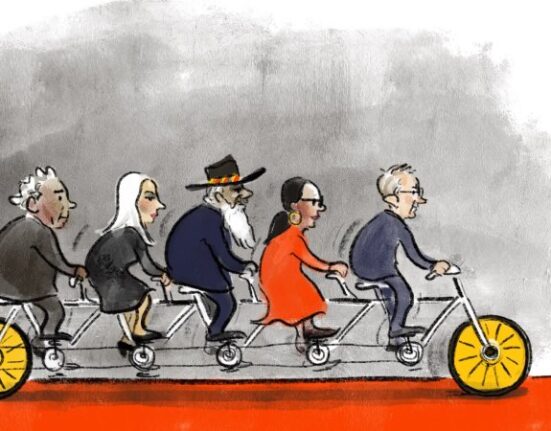After a spate of crimes involving young people, youth crime has become a hot-button issue. You’d only have to have paid passing attention to the news in the last few years to know youth crime is a hot-button issue. It’s been debated on talkback radio, at community forums and by news outlets across the country, contributing to a growing sense of community fear.
Most recently in Victoria, there was a machete fight at a large Melbourne shopping center, involving mostly teenagers. In Queensland, the murder of a 41-year-old mom by a teenager with a long history of convictions shocked the community. Similarly, in the Northern Territory, an 18-year-old allegedly stabbed a grocery store owner to death.
Former Queensland prison boss Keith Hamburger emphasizes the significant problem of youth crime and the urgent need for government action. He highlights the fear and concern prevalent in many communities, especially among older people, due to incidents like home invasions and violent crimes involving young individuals.
Criminal lawyer Nick Jane sheds light on the backgrounds of many young offenders, pointing to profound disadvantages and trauma experienced by most of the children he represents. Family violence emerges as a common underlying factor contributing to behavioral issues in these children, often leading to long-term social problems and criminal behavior.
Monash University crime researcher Susan Baidawi underscores the over-representation of First Nations children and those in residential care among repeat offenders of serious crimes. While statistics on youth crime show fluctuations across states and territories, the overall trend indicates a decrease in youth offenders since 2008-09, albeit with some recent upticks in certain regions.
Macquarie University criminology lecturer Victor Hurley acknowledges the complexity of understanding youth crime across different jurisdictions, influenced by varying legislative frameworks and law enforcement practices. He highlights the challenge of interpreting crime statistics accurately and warns against the misperception of crime rates compared to the reality of crime trends.
The debate on addressing youth crime encompasses diverse approaches, from tougher sentencing laws like “Adult crime, adult time” legislation in Queensland to the focus on early intervention programs and bail reforms in various states. While some advocate for harsher penalties, others, like former prison boss Keith Hamburger, stress the importance of rehabilitation and individualized support for young offenders.
Research by experts such as Susan Baidawi emphasizes the effectiveness of diversion programs in reducing recidivism rates among young offenders, pointing to the need for greater investment in preventive measures like school enrichment and mental health support. The high rates of reoffending underscore the shortcomings of relying solely on incarceration as a solution to youth crime.
The ongoing challenge for policymakers lies in developing long-term strategies beyond electoral cycles to address youth crime effectively. Criminologist Victor Hurley underscores the need for tailored approaches recognizing that one solution may not fit all young offenders. Balancing punitive measures with rehabilitation efforts remains crucial in navigating the complex landscape of youth crime prevention and intervention.









Leave feedback about this